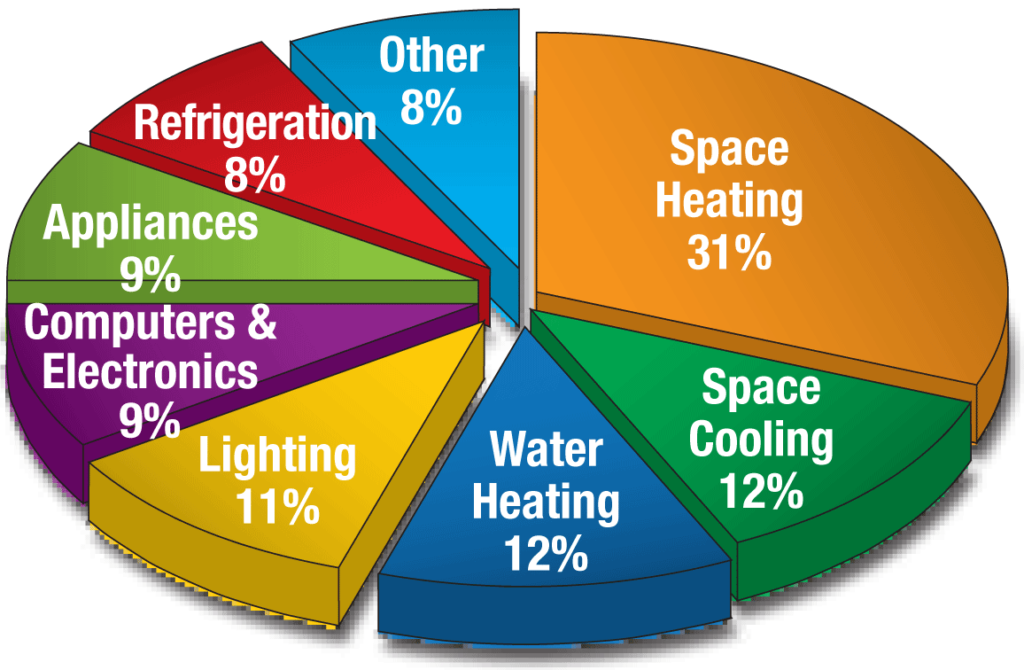This is the change to solar power and predicting the means for it can be not easy. Ever heard of such terms as solar feed-in tariffs, or solar rebates; what are they all about? Most important to you, which of these options is right for you? So, there is no point in wasting your time, let me explain you both options in detail to make your decision easy.
What Are Solar Feed-In Tariffs?
Solar feed-in tariffs (FiTs) are payments made to you for the electricity your solar panels generate and send back to the grid. When your solar system produces more electricity than your home needs, the excess power is fed into the local grid, and you receive a payment for this contribution.

Here’s how it works:
- Generation: Your solar panels generate electricity.
- Consumption: Your home uses the electricity it needs.
- Export: Excess electricity is exported to the grid.
- Payment: You get paid a set rate per kilowatt-hour (kWh) of exported electricity.
How Do Solar Rebates Work?
Solar rebates, on the other hand, are upfront financial incentives provided to help offset the initial cost of installing solar panels. These rebates can significantly reduce the amount you pay out-of-pocket when setting up your solar energy system.
Rebates typically come from government programs or specific initiatives aimed at promoting renewable energy use. For instance, in Queensland, you might be eligible for an electricity rebate QLD that helps make solar installation more affordable.
Key Differences Between Feed-In Tariffs and Rebates
Timing of Benefits
- Feed-In Tariffs: Provide ongoing payments based on the amount of electricity you export to the grid. These payments continue as long as your solar panels produce excess power.
- Rebates: Offer a one-time financial incentive that reduces the initial cost of installing your solar system. Once received, there are no ongoing payments.
Financial Impact
- Feed-In Tariffs: Can potentially generate income over time, which might offset your electricity costs. The more power you produce and export, the higher your earnings.
- Rebates: Lower the upfront investment needed to install solar panels, making solar power accessible to more people without waiting for future returns.
Pros and Cons of Solar Feed-In Tariffs
Pros
- Long-term income: You receive payments for excess power over many years.
- Incentivizes efficiency: Encourages efficient use of electricity to maximize exports and payments.
Cons
- Variable rates: Feed-in tariff rates can change over time, affecting your earnings.
- Initial cost: You still need to cover the initial installation cost, which can be substantial.
Pros and Cons of Solar Rebates
Pros
- Lower upfront costs: Reduces the initial financial burden of installing solar panels.
- Immediate savings: You save money right away, making solar power more accessible.
Cons
- One-time benefit: Rebates provide a single financial boost, with no ongoing payments.
- Program limitations: Availability and amount of rebates can vary based on location and program specifics.
What to Consider When Choosing Between Feed-In Tariffs and Rebates
Your Financial Situation
Feed-in tariffs may be more attractive if you have the money to spend now but the long-term revenue streams are the benefit. However, there can be initial costs which are an issue, yet with rebates, the installation of solar is much more viable in the beginning.
Your Energy Usage
Knowledge of your household’s energy usage is very important. If you are generating most of the electricity in the day, when the solar panels are giving out electricity, you may find that your excess electricity is minimal being taken up by the grid. On this occasion, rebates could be more beneficial and valuable to the firm in the short-run.

Local Incentives
Different regions offer varying incentives for solar power. Research what’s available in your area, such as the best solar deals, and compare the benefits of feed-in tariffs versus rebates specific to your location.
Making the Most of Your Solar Investment
Ideally, feed-in tariffs and rebates should be used hand in hand because feed-in tariffs guarantee a fair revenue based on the production while rebates decrease the costs associated with the production. In some of the programs you are allowed to take the benefits of both; you are able to pay less right from the start while at the same time getting other remunerations for the extra electricity generated beyond your needs.
Tips for Maximizing Benefits
- Optimize panel placement: Ensure your solar panels are positioned to receive maximum sunlight.
- Monitor your system: Keep track of your solar system’s performance and maintenance needs.
- Energy efficiency: Implement energy-efficient practices to increase the amount of excess power you can export.
Conclusion
It’s possible to opt between feed-in tariffs of solar power and rebates based on the following factors, financial status, energy consumption, or existence of solar incentives. Each of the options has some benefits for what may be used for saving money while contributing to the utilization of renewable energy. Thus, keeping these differences in mind, and taking into consideration your individual situation, one can make a choice where one’s pocket and the environment are winners.
Key Takeaways
- Feed-in tariffs provide ongoing payments for excess electricity you export to the grid.
- Rebates offer an upfront reduction in the cost of installing solar panels.
- Evaluate your financial situation, energy usage, and local incentives to determine the best option for you.
Switching to solar power is a big decision, but with the right information, you can choose the path that best meets your needs. Whether you opt for feed-in tariffs, rebates, or a combination of both, you’ll be contributing to a greener future while enjoying the financial benefits of renewable energy.




